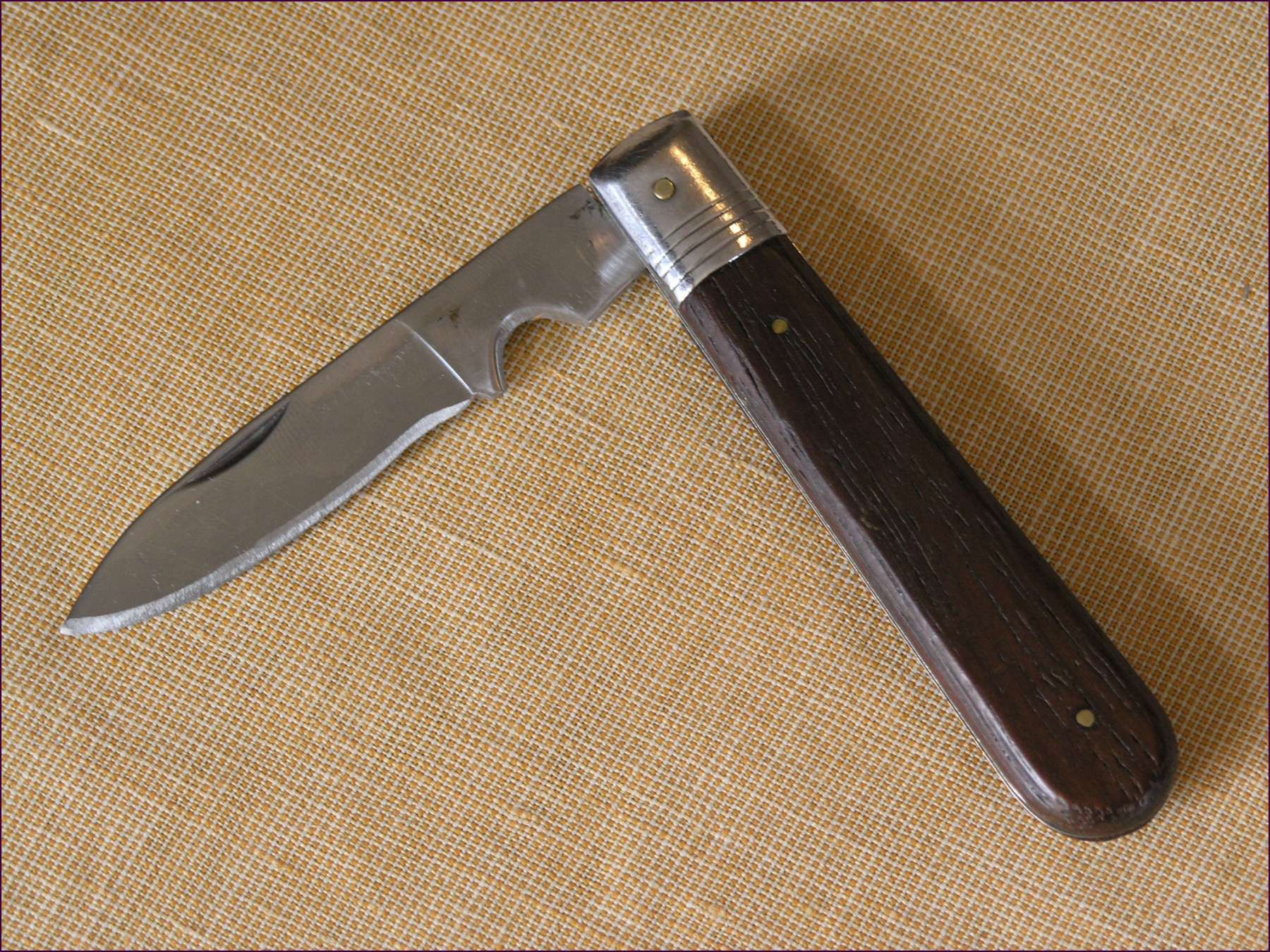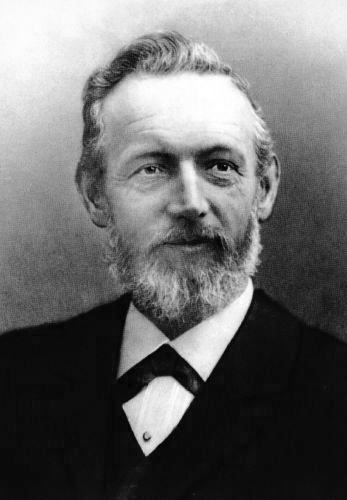|
Skeleton Knife
A skeleton knife refers to two different types of knives, a kitchen knife and an unadorned penknife. Cheese knife The first type of skeleton knife is a small kitchen knife that typically has three large holes on its blade used for cutting fruit or cheese. The purpose of these holes is to reduce the surface area of the blade so that sticky foods do not cling to it. Most skeleton knives are used for cutting very soft foods. The knife was created by a Switzerland, Swiss restaurant and after its creation and advertisement it was copied by many cutlery companies and private manufacturers, and is now widely manufactured by companies like Victorinox. Penknife The less commonly known type of skeleton knife is a penknife that was made without bolsters or handle material and sold to jewelers or other artisans for final finishing. These types of knives were mostly made in the 19th century and as late as 1950. Wostenholm of Sheffield, England made many of these knives as did Imperial Knife C ... [...More Info...] [...Related Items...] OR: [Wikipedia] [Google] [Baidu] |
Penknife
Penknife, or pen knife, is a small folding knife. Today ''penknife'' is also the common British English term for both a pocketknife, which can have single or multiple blades, and for multi-tools, with additional tools incorporated into the design. History Originally, penknives were used for thinning and pointing quills (cf. ''penna'', Latin for ''feather'') to prepare them for use as dip pens and, later, for repairing or re-pointing the Nib (pen), nib. A penknife might also be used to sharpen a pencil, prior to the invention of the pencil sharpener. In the mid-1800s, penknives were necessary to slice the uncut edges of newspapers and books. A penknife did not necessarily have a folding blade, but might resemble a scalpel or chisel by having a short, fixed blade at the end of a long handle. During the 20th century there has been a proliferation of multi-function pocketknives with assorted blades and gadgets, the most famous of which is the Swiss Army knife, referred to in Brit ... [...More Info...] [...Related Items...] OR: [Wikipedia] [Google] [Baidu] |
Kitchen Knife
A kitchen knife is any knife that is intended to be used in food preparation. While much of this work can be accomplished with a few general-purpose knives — notably a large chef's knife and a smaller serrated blade utility knife — there are also many specialized knives that are designed for specific tasks such as a tough cleaver, a small paring knife, and a bread knife. Kitchen knives can be made from several different materials, though the most common is a hardened steel blade with a wooden handle. Historically, knives were made in "knife cities" that are noted for being the best at their production in that country with the pre-emininent, in Europe, being: Sheffield in Yorkshire, North of England; Thiers, Puy-de-Dôme in the Auvergne of France; Solingen in the Northern Rhineland of Germany; and Eskilstuna of Södermanland County in Sweden. Each of these produced knives in a styles particular to the city, with Thiers especially being noted for the French point of ... [...More Info...] [...Related Items...] OR: [Wikipedia] [Google] [Baidu] |
Surface Area
The surface area (symbol ''A'') of a solid object is a measure of the total area that the surface of the object occupies. The mathematical definition of surface area in the presence of curved surfaces is considerably more involved than the definition of arc length of one-dimensional curves, or of the surface area for polyhedra (i.e., objects with flat polygonal faces), for which the surface area is the sum of the areas of its faces. Smooth surfaces, such as a sphere, are assigned surface area using their representation as parametric surfaces. This definition of surface area is based on methods of infinitesimal calculus and involves partial derivatives and double integration. A general definition of surface area was sought by Henri Lebesgue and Hermann Minkowski at the turn of the twentieth century. Their work led to the development of geometric measure theory, which studies various notions of surface area for irregular objects of any dimension. An important example is ... [...More Info...] [...Related Items...] OR: [Wikipedia] [Google] [Baidu] |
Blade
A blade is the Sharpness (cutting), sharp, cutting portion of a tool, weapon, or machine, specifically designed to puncture, chop, slice, or scrape surfaces or materials. Blades are typically made from materials that are harder than those they are intended to cut. This includes early examples made from flaked stones like flint or obsidian, evolving through the ages into metal forms like copper, bronze, and iron, and culminating in modern versions made from steel or ceramics. Serving as one of humanity's oldest tools, blades continue to have wide-ranging applications, including in combat, cooking, and various other everyday and specialized tasks. Blades function by concentrating force at the cutting edge. Design variations, such as serrated edges found on bread knives and saws, serve to enhance this force concentration, adapting blades for specific functions and materials. Blades thus hold a significant place both historically and in contemporary society, reflecting an evolution i ... [...More Info...] [...Related Items...] OR: [Wikipedia] [Google] [Baidu] |
Knife
A knife (: knives; from Old Norse 'knife, dirk') is a tool or weapon with a cutting edge or blade, usually attached to a handle or hilt. One of the earliest tools used by humanity, knives appeared at least Stone Age, 2.5 million years ago, as evidenced by the Oldowan tools. Originally made of wood, bone, and stone (such as flint and obsidian), over the centuries, in step with improvements in both metallurgy and manufacturing, knife blades have been made from copper, bronze, iron, steel, ceramic, and titanium. Most modern knives have either fixed or folding blades; blade patterns and styles vary by maker and country of origin. Knives can serve various purposes. Hunters use a hunting knife, soldiers use the combat knife, scouts, campers, and hiking, hikers carry a pocketknife; there are kitchen knives for preparing foods (the chef's knife, the paring knife, bread knife, cleaver), table knife (butter knives and steak knives), weapons (daggers or switchblades), knives for throwing o ... [...More Info...] [...Related Items...] OR: [Wikipedia] [Google] [Baidu] |
Switzerland
Switzerland, officially the Swiss Confederation, is a landlocked country located in west-central Europe. It is bordered by Italy to the south, France to the west, Germany to the north, and Austria and Liechtenstein to the east. Switzerland is geographically divided among the Swiss Plateau, the Swiss Alps, Alps and the Jura Mountains, Jura; the Alps occupy the greater part of the territory, whereas most of the country's Demographics of Switzerland, 9 million people are concentrated on the plateau, which hosts List of cities in Switzerland, its largest cities and economic centres, including Zurich, Geneva, and Lausanne. Switzerland is a federal republic composed of Cantons of Switzerland, 26 cantons, with federal authorities based in Bern. It has four main linguistic and cultural regions: German, French, Italian and Romansh language, Romansh. Although most Swiss are German-speaking, national identity is fairly cohesive, being rooted in a common historical background, shared ... [...More Info...] [...Related Items...] OR: [Wikipedia] [Google] [Baidu] |
Cutlery
Cutlery (also referred to as silverware, flatware, or tableware) includes any hand implement used in preparing, serving, and especially eating food in Western culture. A person who makes or sells cutlery is called a cutler. While most cutlers were historically men, women could be cutlers too; Agnes Cotiller was working as a cutler in London in 1346, and training a woman apprentice, known as Juseana. The city of Sheffield in England has been famous for the production of cutlery since the 17th century and a train – the ''Master Cutler'' – running from Sheffield to London was named after the industry. Bringing affordable cutlery to the masses, stainless steel was developed in Sheffield in the early 20th century. The major items of cutlery in Western culture are the knife, fork and spoon. These three implements first appeared together on tables in Britain in the Georgian era. In recent times, hybrid versions of cutlery have been made combining the functionality of differe ... [...More Info...] [...Related Items...] OR: [Wikipedia] [Google] [Baidu] |
Victorinox
Victorinox () is a knife manufacturer and watchmaker based in the town of Ibach, in the Canton of Schwyz, Switzerland. It is known for its Swiss Army knives. Since its acquisition of rival Wenger in 2005, it has become the sole supplier of multi-purpose knives to the Swiss army. It is the world's biggest manufacturer of pocket knives; additionally, the company licenses its logo for watches, apparel, and travel gear. History Founding The company was founded in 1884 as , the workshop of Karl Elsener in Ibach. In 1891, Elsener co-founded an association of Swiss knife manufacturers. This began their relationship delivering knives to the Swiss army. In 1892, most of Elsener's knife craftsmen left knives manufacturing as it became apparent that Solingen manufacturers could deliver at a lower price. Elsener persisted in competing with Solingen, hence incurring severe financial losses. Elsener's was patented in 1897, and was later marketed internationally as the ''Original Sw ... [...More Info...] [...Related Items...] OR: [Wikipedia] [Google] [Baidu] |
Sheffield, England
Sheffield is a city in South Yorkshire, England, situated south of Leeds and east of Manchester. The city is the administrative centre of the City of Sheffield. It is historically part of the West Riding of Yorkshire and some of its southern suburbs were transferred from Derbyshire to the city council. It is the largest settlement in South Yorkshire and the third largest of Northern England. The city is in the North Midlands, in the eastern foothills of the Pennines and the valleys of the River Don with its four tributaries: the Loxley, the Porter Brook, the Rivelin and the Sheaf. Sixty-one per cent of Sheffield's entire area is green space and a third of the city lies within the Peak District national park and is the fifth-largest city in England. There are more than 250 parks, woodlands and gardens in the city, which is estimated to contain around 4.5 million trees. Sheffield played a crucial role in the Industrial Revolution, developing many significant techn ... [...More Info...] [...Related Items...] OR: [Wikipedia] [Google] [Baidu] |







